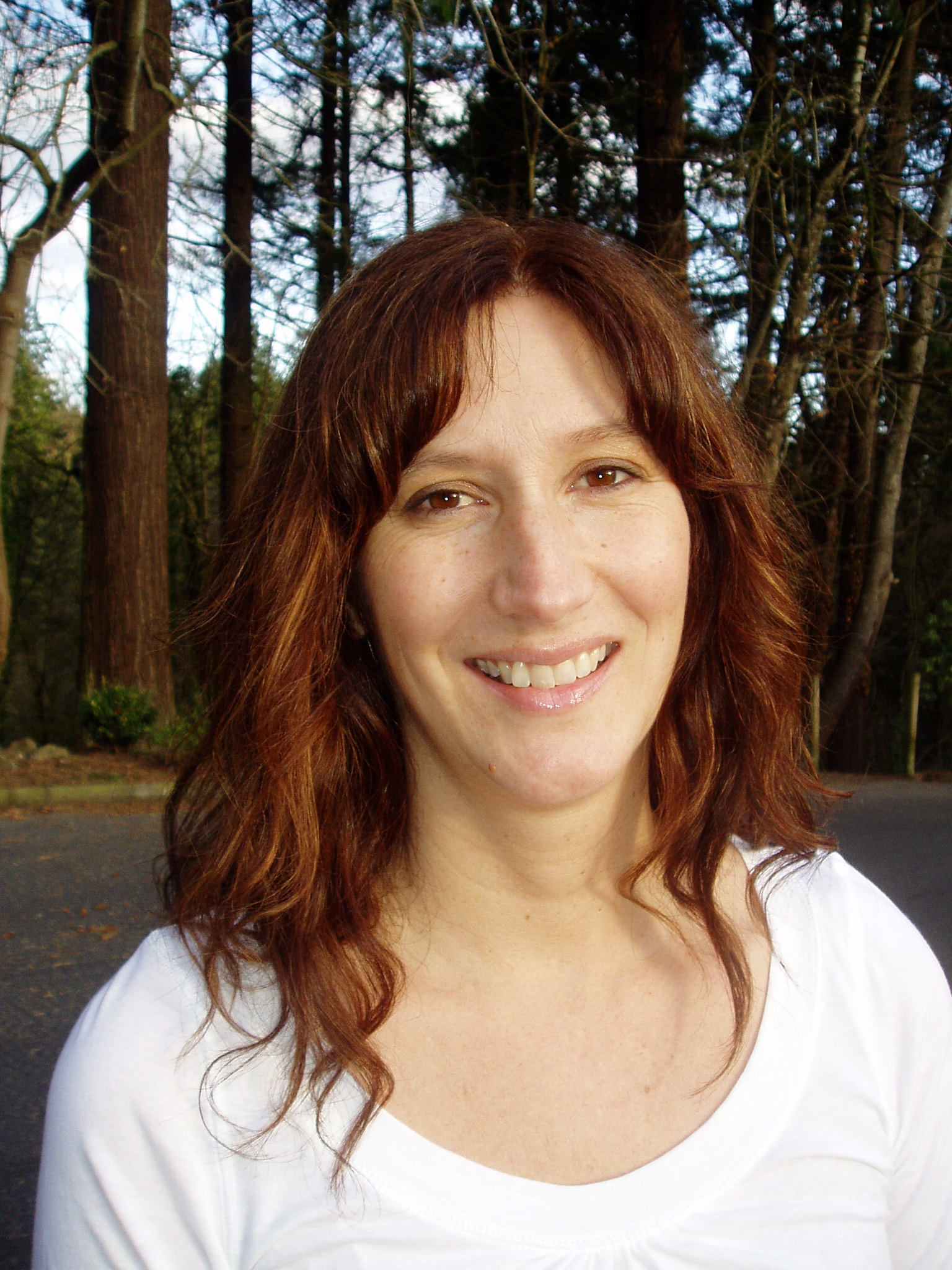On this blog and with Folklore in a Box, I share artistic traditions people use everyday to mark out what is important to them and what gives their lives meaning, the little gestures that make the difference between beauty and understanding, and the lack of those important things. I do it by showing you how to mark out and make some fun, beautiful stuff, and I often share the symbolism, story, or history behind these little gestures of beauty. I tell you where it comes from, who did it, who says, or where to find it.
In older cultures, with shared religions, rituals and festivals, people used their traditions to help them make sense of what doesn’t make sense — change, loss, love, rebirth, happiness, faith, togetherness and conflict, to explain how we got here and how to live and die with grace. In modern, fast-paced, tech-driven America, in my town, in my life, I long for ways to navigate the big things, and make sense of life — ways that make me feel connected to old traditions, but not fake. I can’t go back and fake an old culture or religion I was never taught and never had. I grew up with just my family’s American, Italian and Swedish mixed bag traditions and pop culture for meaning, and nature for my church. First, my family’s belief system: Do good, work hard, value people, be tolerant and compassionate, be true, be kind, give back, karma, karma, karma. Then, I used what I learned reading everything I could, and then in a bunch of years doing a Ph.D in folklore and pop culture, and teaching cultural analysis.
I was looking for something, and I found in teaching that I wasn’t alone. The sections I taught on how people shift and change folklore, ritual, religion and pop culture to express their lives and their meaning were always amazing in my college classes. Everyone got it, and everyone was interested. Everyone did it; everyone needed it. When we make something beautiful, when we arrange it or make a ritual out of it, whether it be our clothes, our homes, our food, our bodies in movement, or our stories, we mark out what is meaningful to us. People have done this as far back as we can trace, and some scholars (I’m thinking of Ellen Dissanayake for one) have shown how groups of people who can’t tell meaningful stories and use beauty to mark out what is “special” die out. Basically, in human evolution, Dissanayake claims, meaning making is a behavior that has selective value. Cultures with meaning thrive; those that can’t find it die out.
On this blog, I trace my own journey to mark out what is meaningful to me, because it makes me happy. And I love to hear what you do, and what you are interested in too. In comments or email.
xo
Julia
